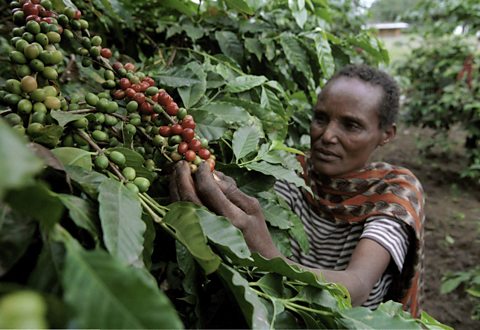International assistance

The UN established specialised agencies in order to tackle problems faced by countries in crisis.
Four of these agencies are:
- Food and Agricultural Organisation (FAO)
- World Food Programme (WFP)
- United Nations Children's Fund (UNICEF)
- World Health Organisation (WHO)
Food and Agriculture Organisation (FAO)
The FAO's main concern is to increase the amount and quality of food which people in developing countries receive. The FAO works with local farmers to try to improve the methods they use. This is to help meet SDG 2 ÔÇô Zero Hunger.
World Food Programme (WFP)
The World Food Programme was established by the FAO and United Nations General Assembly in the 1960s. WFP responds to emergencies helping to save lives by getting food to the hungry fast and also works to help prevent hunger. This also works towards SDG 2 ÔÇô Zero Hunger.
The WFP won the Nobel Peace Prize in 2020. This is because of the link between conflict and hunger and the role that food can play towards peace.
United Nations Children's Fund (Unicef)

Unicef works to improve the lives of children in developing countries. It funds programmes to provide schools, teachers and equipment so that children can grow up able to read and write and provide for themselves. Unicef recieves no funding from the UN. Unicef relies entirely on voluntary donations.
The organisation works in more than 190 countries and delivers life-saving help. They help with vaccinations in West and Central Africa which can help stop outbreaks of including Tuberculosis, Polio and Tetanus.
During the Commonwealth Games opening ceremony in Glasgow, Unicef UK received £3.7m in donations.
World Health Organisation (WHO)
WHO is the UN's health arm. It aims to improve the health of people in developing countries. For example, WHO trains local people to become nurses and health care workers in their own country. WHO also works to eliminate diseases.
Malaria deaths in the WHO African Region reduced by 44%, from 680 000 in 2000 to 386 000 in 2019, and the malaria mortality rate reduced by 67% over the same period, from 121 to 40 per 100 000 population at risk .